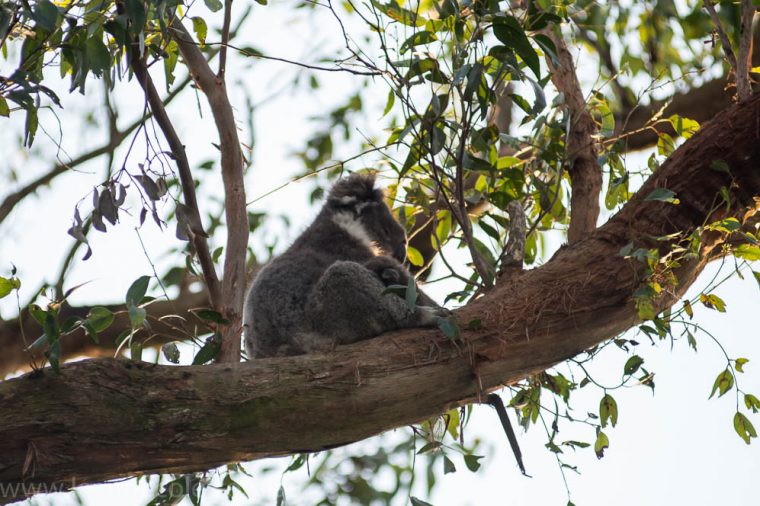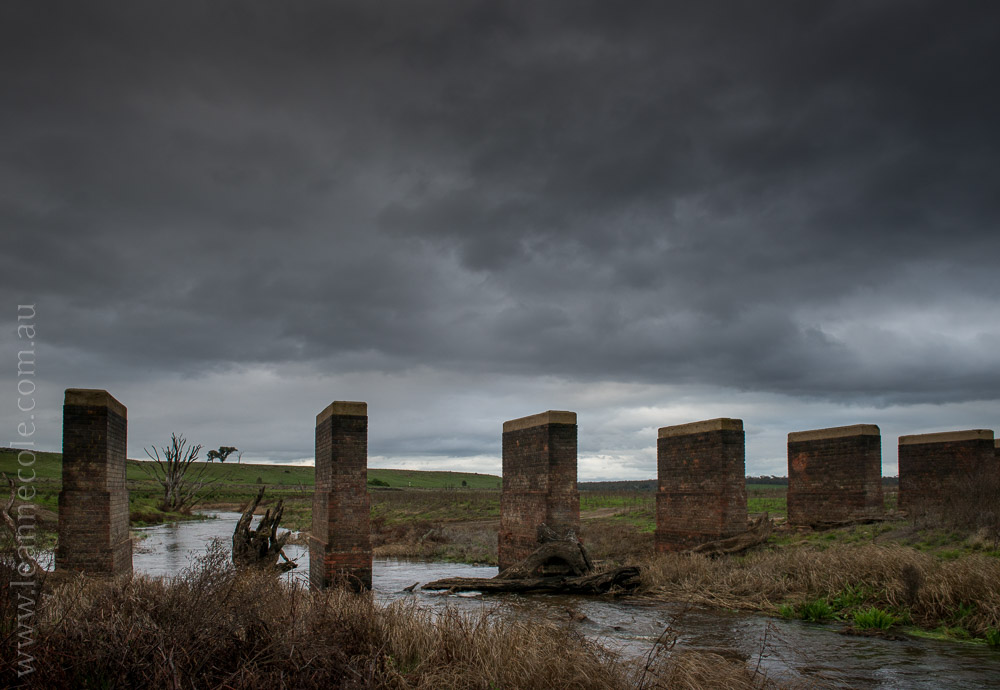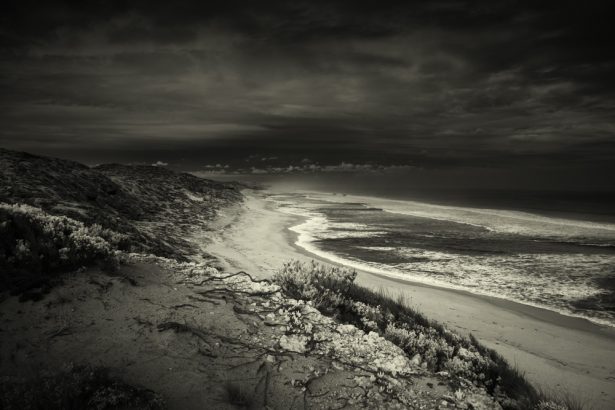Habitat, or home really, that is how I look at it. Humans, it would seem, can live anywhere, but animals aren’t always so lucky.
Our host this week is Tina from Travels and Trifles and her challenge to us this week is Habitat. One of the things I like about these challenges is that you don’t have to strictly follow the plan, but it would be a good idea to go and look at Tina’s post to find out what she wants us to do or show.
I guess in many ways we do always seem to use the habitat in reference to animals. The habitat of wombats or such.
Many animals in Australia live in particular parts of the country, while others are seemingly everywhere. For examples Koalas need special trees to survive and often eat themselves out of their habitats because humans have reduced the area they can live in so much. Then there are areas which is really suited for them to live in and our governments thinks it would be better to allow companies from other countries to come in and mine the areas and reduce their habitat even further, with no financial benefit to our country.
Sadly since the colonisation of Australia in 1788, there have been 100 species that have become extinct. I don’t want to see Koalas on that list. I don’t want to see any more on it at all.
For the challenge, I thought I might show you photos of our unique fauna. All these images were taken of them in the wild. We often come across them when out and about. Though, it can be hard to see or find them as most animals here are nocturnal so they only come out at night.
An interesting fact, that I only just found out, there are no kangaroos in Tasmania. There are a lot around where I live and I see them all the time.
It is hard to think of doing habitat without looking at us humans and where we live. I thought maybe I would give you a brief look at homes that are no longer inhabited or habital.
All these homes were taken up in the Mallee. That area is full of these old homes as the farms are getting bigger the homes that once housed the families of smaller farms are no longer needed.
Thank you so much Tina for this great challenge. It’s nice to be able to show our animals and birds. Don’t forget to go and look at her post and if you decide to do the challenge as well, put a link back to her post.
Apparently, there is no challenge next week, but the week after I have been given an opportunity to be your host, which I am really excited about. I’m going to be looking at tourist attractions.
Maybe you would like to participate this week, it is a great challenge to do. To find out how to join the Lens-Artists Challenge, click here for more info.

























Fabulous photography Leanne …
Thank you Julie.
You have such a diverse and wonderful wildlife – thank you for guiding us with your exquisite images, Leanne. We followed the big fires in Australia every day when so many animals and people suffered immensely. I agree it is criminal if your country doesn’t save the koalas. Are people fighting enough to keep them? Save them? Scientists, activists?
I must add that I also love Kookaburras and their strange looks. ♥
We do Ann Christine, which I love. You’re welcome, I”m so glad you like them. Those fires were so scary, thankfully they didn’t get near us, but I really felt for everyone else. I hate how our government puts the interests of overseas companies over those of us and our animals. We are doing our best.
Kookaburras are fun, but can be annoying too. Some mornings all you can hear is them talking to one another. Espeically when there are lots of them. lol
Thank you Ann Christine.
I enjoyed seeing your focus on Australian species, especially the koalas. I do hope enough of their habitats can be preserved for them 😀
Thank you Sarah, I hope they keep some of their habitat as well. It would be criminal if we lost them.
As always, your photography is beautiful. I am always amazed at the diversity of wildlife and how unique animal life is found in different regions of the world. I’m sure the diversity is due to habitat, and that so fits this week’s challenge.
Thank you John. It is pretty amazing about the diversity, interesting that New Zealand is so close but the animals are so different.
Thank you John, yeah, I only just found that out. Weird.
No, this has all happend in the last 250 years, a lot of it has been caused by their habitats being converted to farmland, plus introduced species that have taken over. The three biggest being feral cats, rats and foxes, I think we can also say rabbits.
It really is.
It’s true that we usually talk about habitats in regards to animals.
I totally agree, thank you.
Great photos. Save the koalas! (And all the rest.) It was sad to see the koalas burned in the Kangaroo Island fires.
Thank you John, absolutely save them, most of us want that. It was so sad all along the east coast during those fires, something like 3 billion species died during those fires, that includes frogs, reptiles and birds as well. It was really sad.
I love all your animals!
That is wonderful Nora, thank you.
This is an amazing entry, Leanne. The photos are beautiful.
Thank you so much Egidio.
Terrific post Leanne. It was so important to me when I visited Australia that I would see both koala and kangaroos. The koala were very hard to find but we finally did see a few on the Great Ocean Road. And we also found kangaroos so my quest was successful❤️. We absolutely loved our visit and your post shares several of the reasons why, among others! We’re looking forward to having you lead us next week, I have no doubt your post will be amazing, as was this one. Thanks again for agreeing to lead us.
The koalas are getting even harder to find now. They have just about eaten themselves out of house and home down there. These koalas were photographed down there. We are always on the lookout for kangaroos on the road when driving at night, can be quite scary when they jump out in front of you. Glad you got to see them. I’m looking forward to being a host, and hoping people like what I do. Thank you so much Tina.
hello leanne,
wonderful selection i like you very much especially the selection of the human habitat.
many greetings robert
Thank you Robert. Yes, the abandoned homes are alway popular.
Thank you for these images of animals in their native habitats in Australia. They are all great but I love the one of the two kangaroos.
Thank you and you are welcome, that is great to hear.
The kangaroos looking at you is so cute! What are the two birds sitting in the tree?
That was taken down the road from where I live, they are mostly left alone when they are there. The birds are called Tawny Frogmouths. people think they are owls, but they aren’t. Thank you Lois.
Very beautiful and moody images Leanne.
Thank you Brad.
My pleasure.
😀
I absolutely loved this challenge Leanne. Your pictures are wonderful. We also have abandoned homes and barns in our countryside. They are a photographer’s dream.
It was a good challenge Anne, I agree. Thank you so much. I think those places are every where, but also sad when so many people don’t have homes anymore. Thank you.
How marvellous that these -to European eyes – thoroughly exotic creatures are more or less avaiable for you to enjoy, at least from time to time. Though it’s sad to know that some of these creatures are really struggling to find suitable habitats now.
It is good that you can see most of them around the place. It really is sad and even sadder that our government doesn’t seem to care. As long as they are getting their kickbacks who cares about the rest of the country.
Thank you Margaret.
That’s awful to hear. I presume the population at large isn’t going to let that happen? Or at least, enough activists?
The real problem is a typical government of these times that care more about money and profit than things like animals becoming extinct. We protest, but they don’t listen.
We know all about that here too 🙁
Sadly.
… “there are no kangaroos in Tasmania”? Is it?
Apparently, weird hey?
Thanks for sharing this idea Anita
YOu’re welcome.